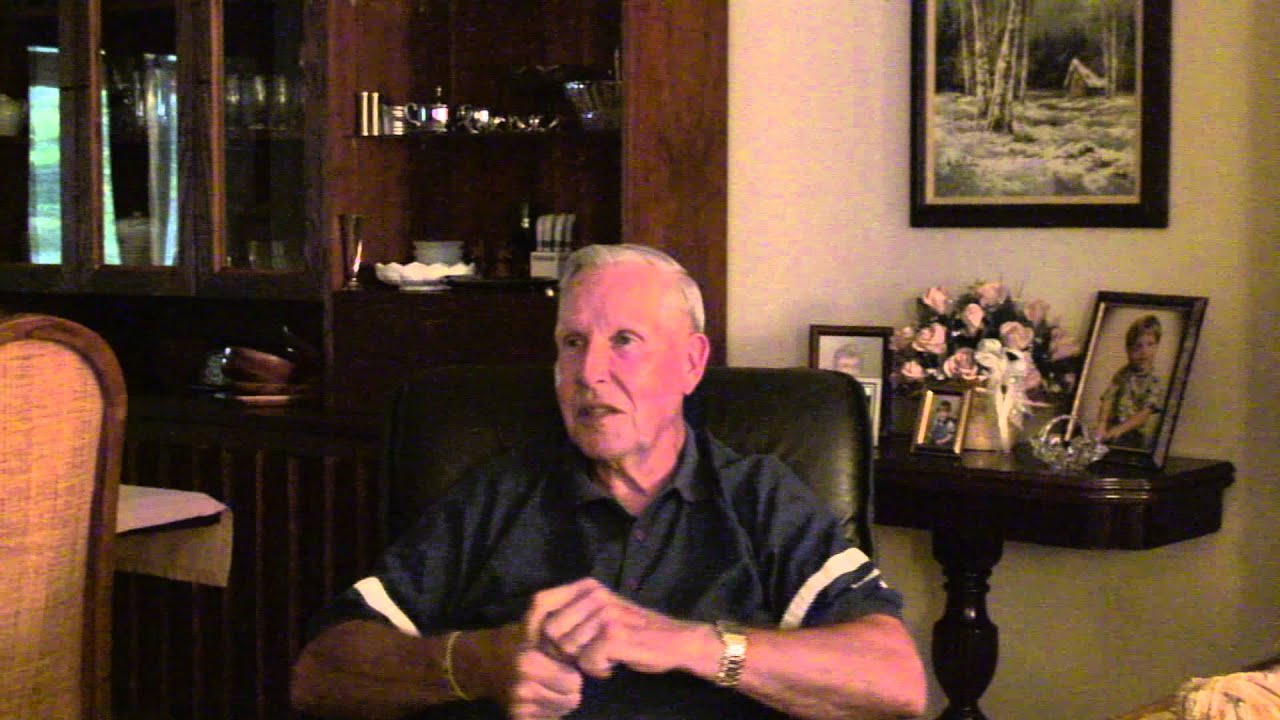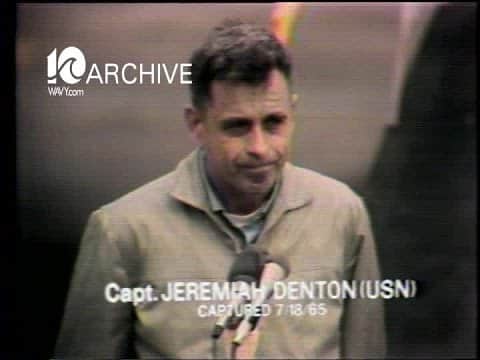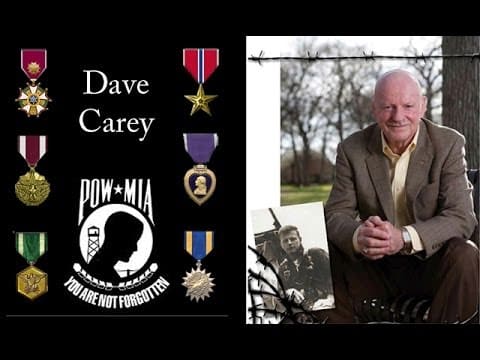This extraordinary, declassified U.S. Air Force documentary “Return With Honor” pays tribute to those servicemen who became prisoners of war during the Vietnam War. The film focuses on first hand accounts by POWs who describe their methods of resistance, maintaining mental toughness, and most incredibly the innovative communication techniques they developed and used while held captive. The circa 1973 picture opens with General John P. Flynn (mark 00:20), who spent five years as a POW in North Vietnam, as he explains how returnees want to share their stories. Flynn informs the viewer (starting at mark 01:20) how the North Vietnamese tried to obtain military information from the captives, to exploit them politically, and to maintain a punishing environment that included torture and mistreatment. To combat the tactics, Flynn notes at mark 02:05 that prisoners relied on their own integrity, the military code of conduct, and covert communication — which he describes as the prisoner’s lifeblood. With that introduction, the film begins in earnest at mark 03:05 with scenes of airmen returning to the United States after having been held captive in Hanoi, some for more than 8 years. Dramatized scenes continue of prisoners in their cells as the narrator recounts the common thoughts of the POWs after they’re captured. A prisoner is questioned about his mission at mark 05:15 and threatened via intimidation. The film’s narrator, Col. Raymond Merritt (who also was a POW) explains at mark 07:45 how prisoners longed for human contact and the inability to communicate with others was an effective torture tool. Prisoners used their ingenuity, Merritt explained, to create a covert communication network to save their sanity. The network was used in such camps as How Lo Prison (aka Hanoi Hilton), shown at mark 13:18. Dramatized re-enactments starting at mark 14:30 show how the communication worked as POWs with the “tap code” demonstrated starting at mark 16:16. In addition to tapping on walls, prisoners could also tap out messages using tools while in a work detail (mark 21:53) or in rare instances when they were given musical instruments. Even casting shadows could be used as a communication tool (mark 26:28), as well as in a way a lump of dirt was tossed about or calisthenics were performed. The film continues by discussing variations of the tap code, and how prisoners used anything from cigarette ashes to dirt to write with. Other silent covert communication included hand signals, which Merritt discusses starting at mark 38:06.

Clemson Veterans Project – Colonel William Austin
Interviewee: Colonel William Austin, Airforce Commissioned: September 1960. Honorable Discharge: October 1988 Served: Vietnam 1967 – March 1973 Special Duties: RB47 Navigator, F4 Test Pilot, F4D “Phantom II” Navigator, Wild Weasel Hunter Prisoner of War






